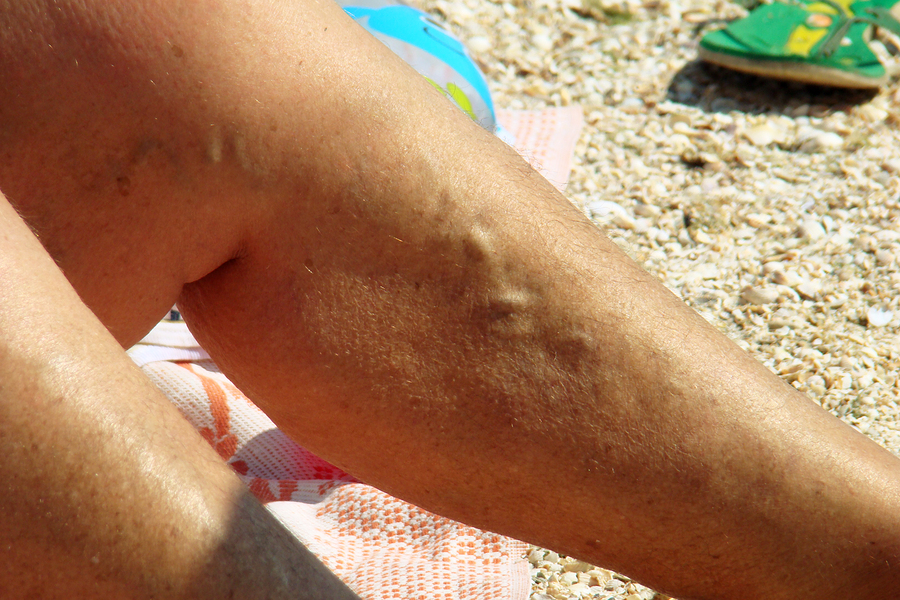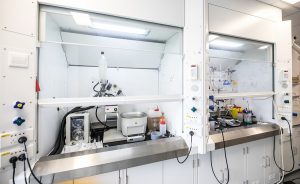Varicose veins are a venous condition that is characterised by the appearance or large, ropey and bulging blood vessels in the lower leg. This unsightly condition is usually only a cosmetic issue, although many people do report pain, discomfort and heaviness in their legs in the worst cases.
Naturally, people afflicted with varicose veins are eager to understand how they developed the condition and how they can treat it. Luckily, there are several modern treatments for the condition that are minimally invasive and have extraordinarily high rates of success.
Let’s take a look at what causes varicose veins and how they are best treated.
The cause
Varicose veins occur when the blood vessel is afflicted by what is called venous insufficiency. This means that the blood vessel is not effectively pushing blood back towards the heart, causing the blood to pool and make the vessel appear bulging.
There are several different factors, such as genetics and lifestyle choices, that affect the rate at which people develop venous insufficiency. It is commonly found in overweight people and pregnant women who have a greater amount of stress placed upon their lower body because of the extra weight they are carrying.
Venous insufficiency is identified when the valves in the blood vessel begin to act faulty. The valves work to contract and relax, forcing blood to flow back towards the heart.
When the valves begins to fail the blood, being acted on by gravity, pools around the blood vessel and never reaches the heart. This is why varicose veins are normally always seen in the legs, because this is the part of the body where blood needs to fight against gravity to reach the heart.
Varicose veins are usually found in the lower leg but are caused by venous insufficiency somewhere in the upper thigh. This is because a blood vessel higher up is failing, causing all connecting vessels to fill up with blood and become varicose veins.
This also explains why many modern treatments will target the upper thigh to treat varicose veins lower down in the leg.
How to get rid of them
Historically, the best treatment for varicose veins was a process known as ‘vein stripping’ which involved the surgical removal of the problem blood vessels. This practise was effective but highly invasive and deterred people from treating their problem for cosmetic reasons.
Nowadays, problem blood vessels are best treated at a professional vein clinic that specialise in treating venous conditions like this. Modern treatments use advance sclerosing agents and lasers to destroy the problem blood vessels with little to no downtime needed afterwards.
The condition always occurs in the superficial blood vessels which means they can be safely removed without negatively affecting your body’s flow of blood. Modern treatments also take advantage of ultrasound machines in order to be as accurate as possible in treating the problem blood vessels.
A popular treatment for mild to medium cases is ultrasound guide sclerotherapy which uses a sclerosing agent to destroy the blood vessel from the inside out. The blood vessel is then naturally reabsorbed into the body and blood is diverted through other channels.
A treatment more suitable to advanced cases is endovenous laser ablation (EVLA) which uses a precision laser to heat up and force the problem blood vessel to contract. This treatment is slightly more invasive than sclerotherapy as a small incision needs to be made in order to guide the laser fibre into the problem blood vessel.
The more far along your condition is, the more invasive the treatment will end up needing to be. However, even the worst cases usually do not require more than one night’s stay in hospital and recovery only takes a couple of weeks of wearing compression stockings.






